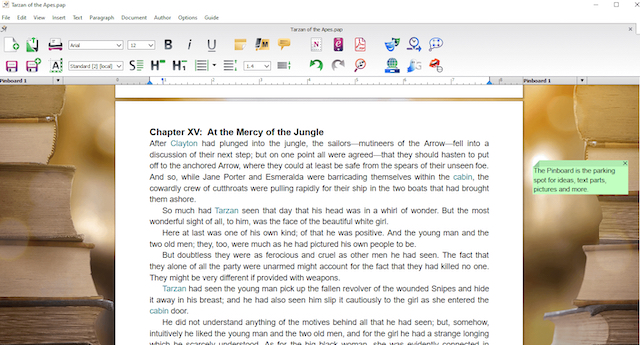

Over the years, various efforts were made to create a visually accessible facsimile of PHerc.118, but the result was an image record as fragmentary as the scroll itself. The physical unfurling of the scroll essentially shredded the document into a set of 12 “pezzos” (Italian for “pieces”) that were in turn made up of several smaller fragments.

One of the intact scrolls unpeeled by machine in the 19th century is known as PHerc.118 and resides at the Bodleian library at Oxford University. Seales permission to scan two intact Herculaneum scrolls on site using a micro-CT machine. As a result of the knowledge gained from the fragment study, the Institut de France granted Dr. Seales was first to report, suggested that imaging methods based on absorption, such as micro-CT scans, could produce contrast at the site of the writing. Although the quantities were very small, the presence of metal-based ink, a surprising discovery that Dr. The complete results were published in 2009 in the proceedings of the Academy’s annual program Lire Sans Détruire les Papyrus Carbonisés d’Herculanum. The investigation led to the discovery of lead and other trace elements in the ink and represented the first ever instance of reported heavy metals in Herculaneum writings. Seales and his team permission to study a fragment in their collection. In 2008 the Institut de France granted Dr. Papyrologists have identified some texts as important works by Epicurus and his followers, including the poet and philosopher Philodemus of Gadara (see Oxford Bibliographies), and a recent laboriously analyzed papyrus turned out to be a Latin text by Seneca the Elder. Painstaking efforts to piece together meaning from these open fragments have resulted in limited success. Thus, a non-invasive method for extracting the hidden text is needed. Finally, the top layers can hide three, four, or five - no one really knows how many - underlying sheets of writing. This creates a jumbled mass of letters and words that is difficult to unscramble and understand. In addition, it’s practically impossible to tell where one layer of a papyrus wrap ends and another begins. These fragments are uneven and warped, which obscures and distorts the text even further. This endeavor resulted in fragmented, layered sheets of brittle papyrus with visible, but largely illegible, writing on the black-as-charcoal surface. The most successful attempts were made in the 19th century, when about 300 of them were peeled apart by machine. Since the scrolls’ discovery, people have tried various physical efforts to ferret out their contents.


 0 kommentar(er)
0 kommentar(er)
